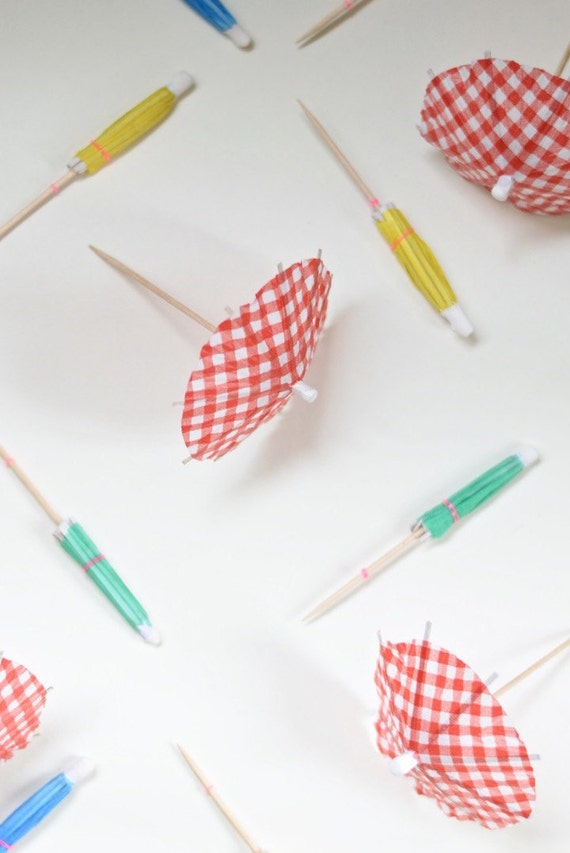How to make kisela zelka or sauerkraut
Winter is falling in slowly and that means it’s time for some winter food. One of my all time favorites is Sarma. Sarma are little rolls made out of leaves of sauerkraut [kisela zelka] filled with minced meat and rice, cooked with some dry meat and herbs and then baked in the oven. Mouthwatering I must say… there are a few things standing between me and this dish though: 1. it’s very hard to find sauerkraut leaves (so not chopped) in countries outside the balkans and 2. I don’t eat meat. You might think this discourages me from trying to make this dish this winter – but then you don’t know me – these small things can’t bother me, I will just make my own sauerkraut and will adjust the recipe so that it’s also possible to cook it without meat. [If you have ever tasted Sarma, you are now rolling your eyes and nodding your head simultaneously with great distrust.] Wait and see!
The first hurdle I have to conquer though is making my own sauerkraut. I have the idea this is the easiest hurdle, but I’m not sure. Yesterday I start the preparation process and below I’m guiding you through it, if you might want to try it yourself.
What will you need to make it?
- a bucket or barrel that you can close
- some big cabbages that fit the bucket you are using
- an axe…. or wait just a very stong (though not too big) knife, I have seen somebody use a big drill though
- salt (lots of salt)
- water
1. First take the old outer leaves off the cabbage.
2. Then take the knife [the axe was really just a joke – it came in the same round of grocery shopping with us, since we needed it to chop wood for our fireplace and it appeared in the picture all by itself] and cut out the heart out of the cabbage, you will use the hole later to add the salt. It’s quite hard to take out the heart of the cabbage, so I make incisions in a circle towards the centre of the heart and then pull it out at once as you can see below. You can throw away the heart (and eat some of the raw outer areas if you wish).
 3. Now that the heart is take out of the cabbage, you can place the cabbage in the bucket or barrel. You can see here that I placed the second cabbage on top of the first one. When you place the cabbage in the bucket, you add the salt in the heart (see below).
3. Now that the heart is take out of the cabbage, you can place the cabbage in the bucket or barrel. You can see here that I placed the second cabbage on top of the first one. When you place the cabbage in the bucket, you add the salt in the heart (see below).
4. Place the cabbages in the bucket in a way that they can’t move. This is important because otherwise they flow to the top of the water and parts won’t be under the water. You can do this by just pushing the cabbages down and blocking them from moving. Don’t worry – you can’t break them when you use force, the cabbage is strong.
5. Now that the cabbages are stuck in the bucket and now that you have added the salt, you can fill the bucket with water till all the cabbage is placed under water. Then add some more salt in the water – a small cup (this depends on the size of the cabbages and bucket).
 6. Now that the bucket is filled and the cabbage is under water, you can close the lid and wait…. wait…. wait… It can take many weeks before it’s ready, but after a few days you will already smell the sauer smell in the bucket and in a month or so you can take it out and make whatever dish you want to make with it. And so will I. I will document that part too of course and share my [vegetarian] recipes. My grandmother always placed the bucket on her balcony – so I have placed my bucket outside as well. I think you can place it in your shed, or anywhere where you won’t be bothered by the smell.
6. Now that the bucket is filled and the cabbage is under water, you can close the lid and wait…. wait…. wait… It can take many weeks before it’s ready, but after a few days you will already smell the sauer smell in the bucket and in a month or so you can take it out and make whatever dish you want to make with it. And so will I. I will document that part too of course and share my [vegetarian] recipes. My grandmother always placed the bucket on her balcony – so I have placed my bucket outside as well. I think you can place it in your shed, or anywhere where you won’t be bothered by the smell.









January 24, 2013
AH, I want to eat this and maybe even make it myself…:-) Love your axe/cleaver/hatchet by the way!!
January 27, 2013
Marta! I LOVE your new blog and I’d drop you a visit to taste some Sarma! mmmmm! :)
You are a brave woman delaing with cabbage! ;) hugz
June 19, 2013
[…] Find my whole tutorial here on my new blog. […]